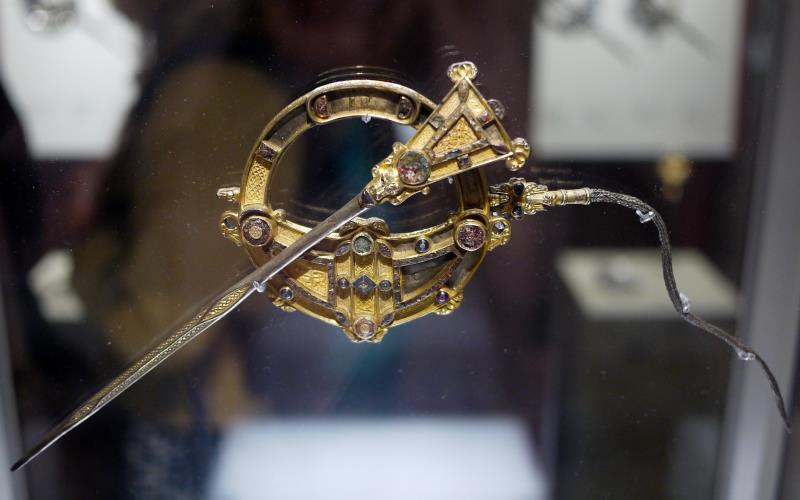The book The Jewellery Of Roman Britain: Celtic and Classical Traditions by Catherine Johns is a comprehensive study of the jewelry made in Roman Britain. The book covers a wide range of topics, from the materials used to make jewelry to the symbolism of different jewelry types.
Johns begins the book by discussing the different cultures that influenced jewelry making in Roman Britain. She discusses the Celtic traditions of jewelry making, as well as the classical traditions of jewelry making. She also discusses the way in which these two traditions interacted and influenced each other.
The book then goes on to discuss the different types of jewelry that were made in Roman Britain. Johns discusses necklaces, bracelets, earrings, finger rings, and other types of jewelry. She also discusses the different materials that were used to make jewelry, such as gold, silver, bronze, and enamel.
The book also includes a section on the symbolism of jewelry. Johns discusses the way in which jewelry was used to symbolize different things, such as status, wealth, and religious beliefs.
The book concludes with a chapter on the legacy of Roman jewelry making. Johns discusses the way in which Roman jewelry traditions have influenced jewelry making in later periods.
jewellery bridal jewellery engagement ring
The book The Jewellery Of Roman Britain: Celtic and Classical Traditions discusses a wide range of jewelry types, including bridal jewelry and engagement rings.
Bridal jewelry in Roman Britain was often made of gold and silver. It often featured Celtic designs, such as spirals and triskele. Engagement rings were also popular in Roman Britain. They were often made of gold and featured a gemstone, such as a diamond or emerald.
The book discusses the different ways in which bridal jewelry and engagement rings were used in Roman Britain. They were often used to symbolize the couple’s love and commitment to each other. They were also used to show the couple’s social status.
Conclusion
The book The Jewellery Of Roman Britain: Celtic and Classical Traditions is a valuable resource for anyone who is interested in learning more about the jewelry made in Roman Britain. The book is well-written and informative, and it is sure to inspire readers to learn more about the history of jewelry making.

